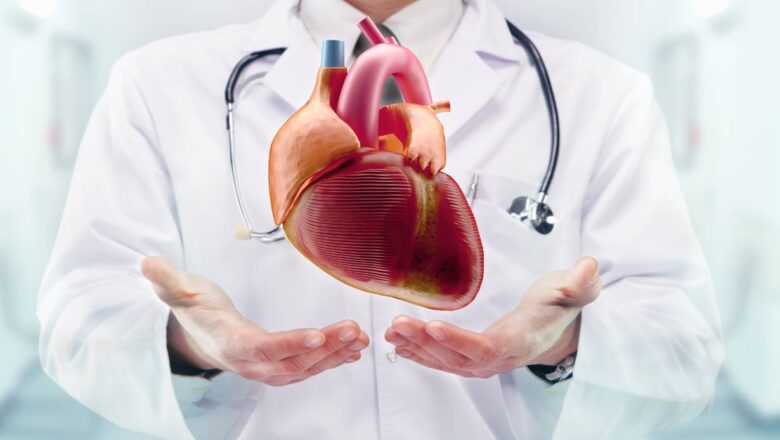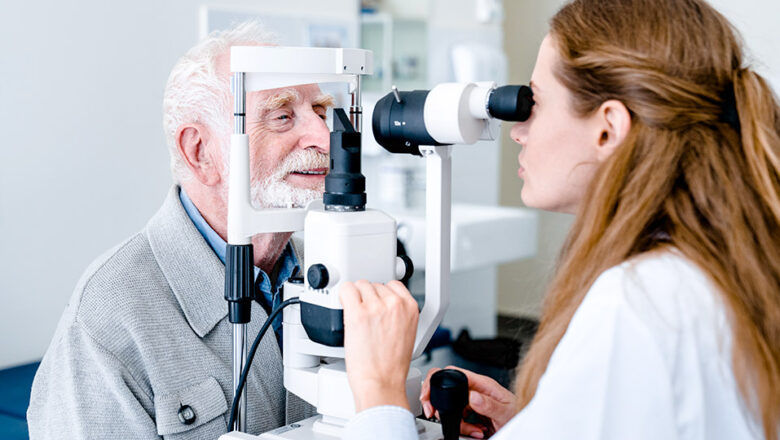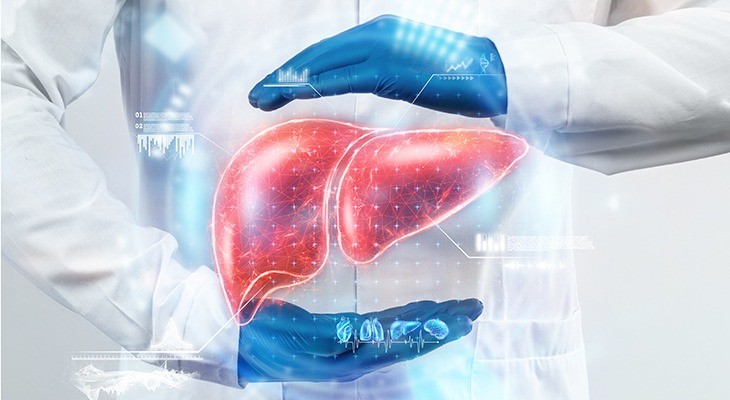
Age-Related Diseases
The aging process causes various changes in our body. These changes can lead to the emergence of various health problems. In this article, common age-related diseases and prevention methods are discussed.
Here are some common age-related diseases and steps you can take to prevent them.
Cardiovascular Diseases
With age, the risk of cardiovascular diseases increases. You may experience conditions such as atherosclerosis, high blood pressure and heart failure. A healthy diet, regular exercise and regular medical check-ups are important to protect your heart health.
Neurodegenerative Diseases
Neurodegenerative diseases such as Alzheimer's and Parkinson's are associated with an increased risk with age. Maintaining mental and physical activities can support cognitive function...








